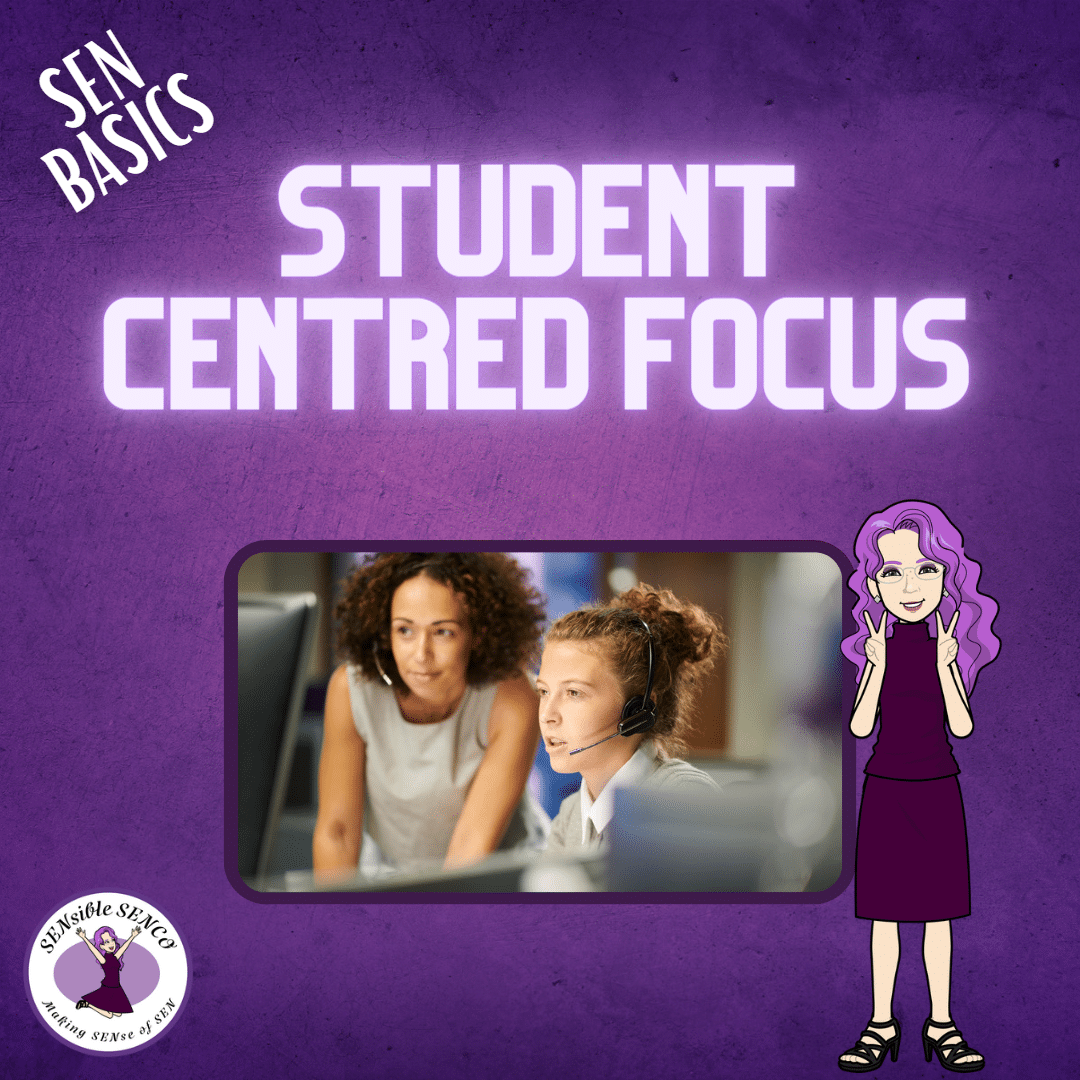Student-centred Approach for SENCOs: Strategies for Supporting Students
As a SENCO (Special Educational Needs Coordinator), it is crucial to adopt a student-centred approach to support students with special educational needs. A student-centred approach empowers students, encourages their participation in the learning process, and promotes their autonomy. In this article, we will explore strategies that SENCOs can employ to support students with special educational needs using a student-centred approach.
Understanding the Student-Centred Approach
A student-centred approach is an educational approach that focuses on the needs and abilities of each individual student. It prioritises the student’s learning needs and creates an environment that enables the student to learn independently. The teacher plays the role of a facilitator, providing guidance and support, but the focus is on the student’s active involvement in the learning process.
Student-Focused Strategies for Supporting with Special Educational Needs
Conducting a Needs Assessment
The first step in a student-centred approach is to conduct a needs assessment. SENCOs need to identify the strengths and weaknesses of each student with special educational needs. This information helps in developing an individualised education plan (IEP) that is tailored to the student’s learning needs.
Developing Individualised Education Plans
An individualised education plan (IEP) is a plan that is student centred to the specific learning goals, learning strategies, and accommodations. The IEP is developed in collaboration with the student, parents, teachers, and other stakeholders. The IEP is reviewed and revised regularly to ensure that the student’s needs are being met.
Providing Multimodal Instruction
Multimodal instruction involves presenting information in various formats, such as visual, auditory, and kinaesthetic. This approach is especially helpful for students with special educational needs who may have different learning styles. SENCOs can employ a variety of teaching strategies, such as videos, podcasts, interactive whiteboards, and manipulatives, to provide multimodal instruction.
Promoting Active Learning
Active learning involves engaging students in the learning process. SENCOs can encourage active learning by using collaborative learning strategies, such as group work, pair work, and peer teaching. This approach promotes social interaction and encourages students to take ownership of their learning.
Differentiating Instruction (Adaptive Teaching)
Now known as Adaptive Teaching, differentiated instruction involves tailoring instruction to meet the needs of each student. This approach involves modifying the content, process, and products of learning to accommodate the student’s learning needs. SENCOs can differentiate instruction by providing scaffolding, adjusting the pace of learning, and providing alternate assignments.
Providing Assistive Technology
Assistive technology is any device, software, or equipment that helps students with special educational needs to perform tasks that they would otherwise find challenging. SENCOs can provide assistive technology such as screen readers, text-to-speech software, and alternative keyboards to support students with special educational needs.
Providing Positive Reinforcement
Positive reinforcement involves providing rewards or incentives for positive behaviour. SENCOs can use positive reinforcement to motivate students with special educational needs to achieve their learning goals. Rewards can be in the form of praise, certificates, or tangible items such as stickers or tokens.
Providing Emotional Support
Students with special educational needs may face emotional challenges, such as anxiety and low self-esteem. SENCOs can provide emotional support by creating a positive classroom environment, providing counselling services, and encouraging students to talk about their feelings.
Conclusion
In conclusion, a student-centred approach is essential for supporting students with special educational needs. SENCOs can employ various strategies such as conducting a needs assessment, developing individualised education plans, providing multimodal instruction, promoting active learning, differentiating instruction (adaptive teaching), providing assistive technology, providing positive reinforcement, and providing emotional support. By adopting a student-centred approach, SENCOs can empower students with special educational needs to take ownership of their learning, promote their autonomy, and create a positive learning experience for them.
FAQs
- What is a student-centred approach?
A student-centred approach is an educational approach that focuses on the needs and abilities of each individual student. It prioritises the student’s learning needs and creates an environment that enables the student to learn independently. - Why is a student-centred approach important for students with special educational needs?
A student-centred approach is important for students with special educational needs because it empowers them, encourages their participation in the learning process, and promotes their autonomy. It creates a positive learning experience for them and helps them to achieve their learning goals. - How can SENCOs conduct a needs assessment for students with special educational needs?
SENCOs can conduct a needs assessment by observing the student, talking to the student’s parents and teachers, and conducting formal assessments. The information gathered can be used to develop an individualised education plan (IEP) that is tailored to the student’s learning needs. - What is differentiated instruction?
Differentiated instruction (adaptive teaching) is an approach to teaching that involves tailoring instruction to meet the needs of each student. This approach involves modifying the content, process, and products of learning to accommodate the student’s learning needs. - What are some examples of assistive technology that SENCOs can provide to students with special educational needs?
SENCOs can provide assistive technology such as screen readers, text-to-speech software, and alternative keyboards to support students with special educational needs. Other examples include calculators with large displays, FM systems, and speech recognition software.

Abigail Hawkins FCCT
Director of SENDCO Solutions
Abigail Hawkins was a SENCO for over 25 years and has worked with pupils with all types of needs. Abigail has worked with Ed-Tech companies on developing their software and also been chair of governors for a multi-academy trust. Abigail now runs SENsible SENCO and SENDCO Solutions, with the aim of working with SENCOs and inclusion leaders across the UK to improve their support for SEND pupils. See our school services for more information.




